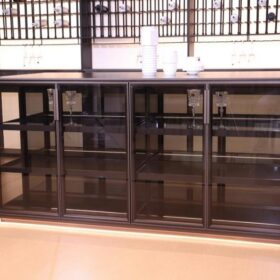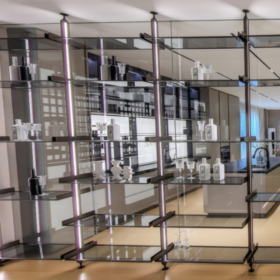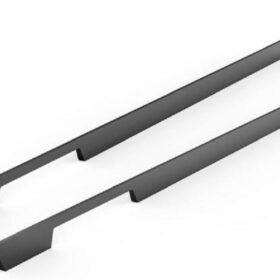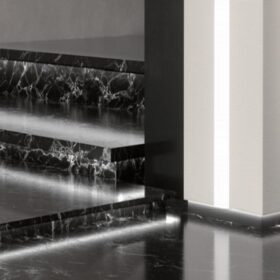Comparing Different Types of Aluminium Alloy Handles
Aluminium alloys are widely used in a variety of industries, including the manufacturing of handles for tools, machinery, and equipment. Aluminium alloy handles offer a number of advantages over traditional materials such as wood or steel, including their lightweight, corrosion resistance, and strength. However, there are also a number of different types of aluminium alloys available, each with its own unique properties. Understanding the differences between these alloys is essential for selecting the right one for your application.
Strength and Durability
The strength and durability of an aluminium alloy handle is determined by several factors, including the alloy’s composition, temper, and heat treatment. The composition of an alloy refers to the specific elements that make up the alloy. Aluminium alloys are typically composed of aluminium, with small amounts of other elements such as copper, magnesium, manganese, and silicon. The temper of an alloy refers to the heat treatment process that the alloy has undergone. Heat treatment can change the strength, hardness, and ductility of an alloy.
Corrosion Resistance
Aluminium alloys are highly resistant to corrosion, which makes them ideal for use in applications where they will be exposed to moisture or chemicals. The corrosion resistance of an alloy is determined by its composition and surface finish. Alloys that contain high levels of copper or magnesium are more resistant to corrosion than alloys that contain lower levels of these elements. A smooth, anodized surface finish can also improve the corrosion resistance of an alloy.
Weight
Aluminium alloys are lightweight, which can be a major advantage for applications where weight is a factor. The weight of an alloy handle is determined by its density. Alloys that contain high levels of copper or magnesium are denser than alloys that contain lower levels of these elements.
Cost
The cost of an aluminium alloy handle is determined by a number of factors, including the alloy’s composition, temper, heat treatment, and surface finish. Alloys that contain high levels of copper or magnesium are more expensive than alloys that contain lower levels of these elements. Alloys that have been heat treated or anodized are also more expensive than alloys that have not been heat treated or anodized.
When selecting an aluminium alloy handle, it is important to consider the specific requirements of your application. Factors such as strength, durability, corrosion resistance, weight, and cost should all be taken into account. By understanding the differences between different types of aluminium alloys, you can select the right alloy for your application and ensure that you get the performance and value you need.
-
2024-11-29Top Trends in Modern Kitchen Cabinet Pulls for 2024
-
2024-11-28The Ultimate Guide to Modern Kitchen Cabinet Pulls- Materials, Styles, and Tips
-
2024-11-27Elevate Your Kitchen Design with These Must-Have Modern Cabinet Pulls
-
2024-11-26Sleek and Stylish- The Best Modern Kitchen Cabinet Pulls for a Contemporary Look










